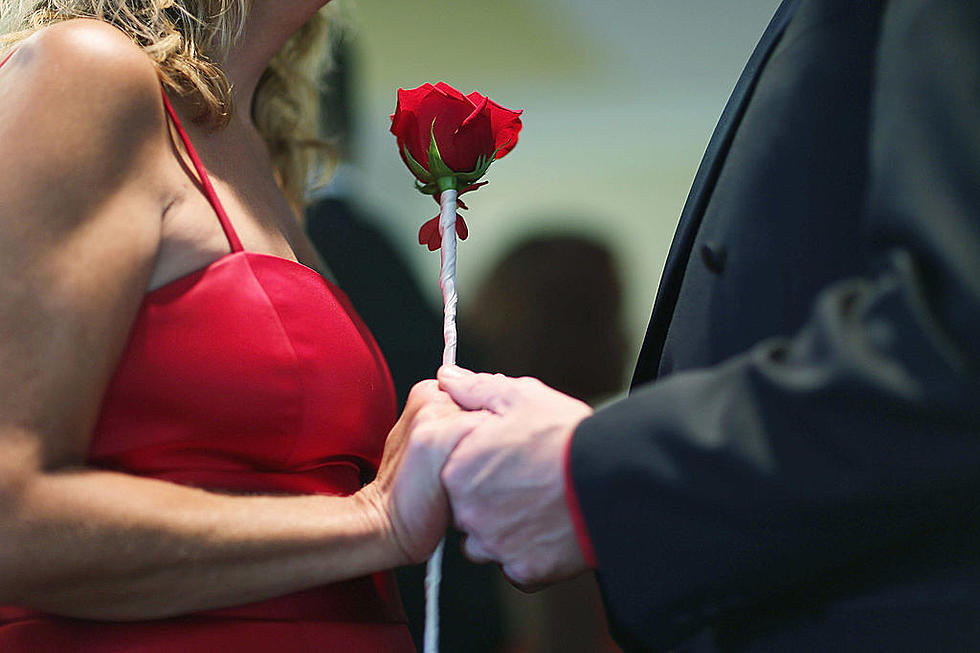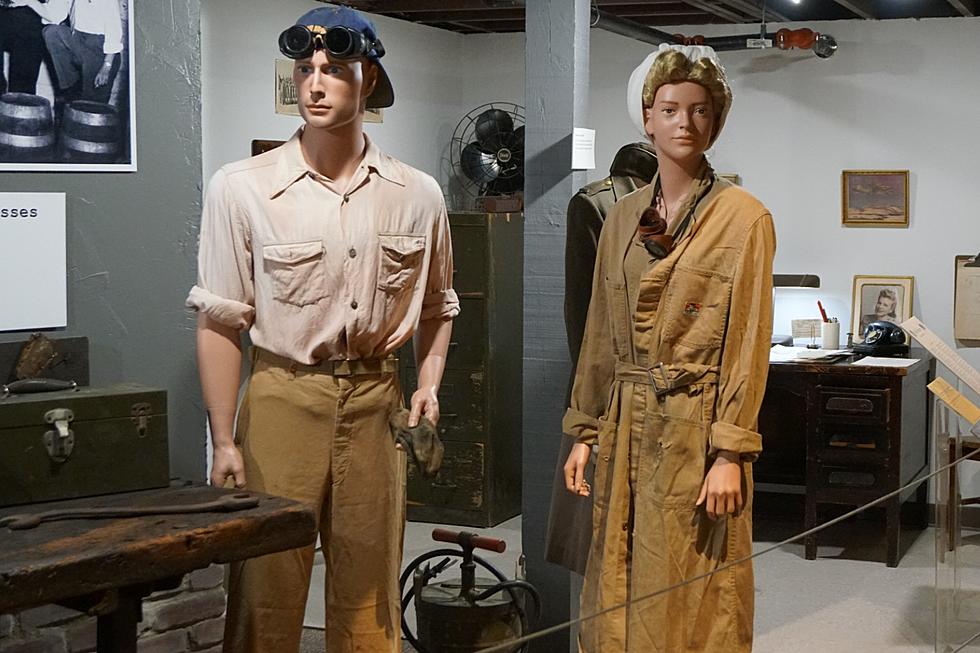
Sinclair Lewis Wins Nobel Prize – on ‘This Date in Central Minnesota History’
SAUK CENTRE - December 10th, 1930 – Sauk Centre native, Sinclair Lewis, receives the Nobel Prize for Literature
On this date, December 10th, in 1930, Sauk Centre native Sinclair Lewis became the first American to be awarded a Nobel Prize for Literature.
Born in 1885 in the village of Sauk Centre, Lewis was the third and youngest son of Edwin and Emma Lewis. Young Sinclair Lewis was not like his two older brothers who excelled in sports; Sinclair preferred reading books to playing sports. This atypical personality caused Lewis to be lonely through much of his growing-up years. At one point, a 13 year-old Lewis attempted to run away from home and become a drummer in the Spanish-American War.
Lewis attended Oberlin Academy and then Yale. It was at Yale that he first became truly published. Lewis wrote for the Yale Literary Magazine, turning out poetry and short stories, and later becoming editor. As Lewis continued to write, his works became better-known. Before long, magazines were buying Lewis’ stories, and Jack London even bought a plot from him.
Lewis struggled with the personal side of life from the time he was a boy, and his problems continued throughout his two marriages. He first married a magazine editor in 1914. The couple had one son, and divorced in 1925. Lewis’ second marriage to a newspaper columnist in 1928 resulted in another son, and lasted until 1942.
Lewis reflected back on his time growing up to find most of his inspiration for his best-known work, Main Street, which was published in 1920. Lewis had hoped to sell 25,000 copies of Main Street, but sales surpassed 150,000 copies in the first few years alone. Lewis went on to write several more books, including Babbitt in 1922 which helped win Lewis his Nobel Prize for Literature.
After receiving his Nobel Prize, Lewis continued writing, and produced eleven more works. Ten of those works were published while he was still alive, the eleventh would be published after his death in 1951. Lewis died in Rome, due to advanced alcoholism, a problem that had troubled his life since the mid 1930s. Lewis’ remains were buried in his hometown of Sauk Centre, where his boyhood home still stands.
Thanks to the Stearns History Museum, and their volunteer Spencer Brown, for their help with our series, “This Date in Central Minnesota History” on WJON.
More From AM 1240 WJON







![Autumn Kicks Off in St. Cloud at 2nd Annual Harvest Fest [PHOTOS]](http://townsquare.media/site/67/files/2022/09/attachment-DSC08984.jpg?w=980&q=75)

